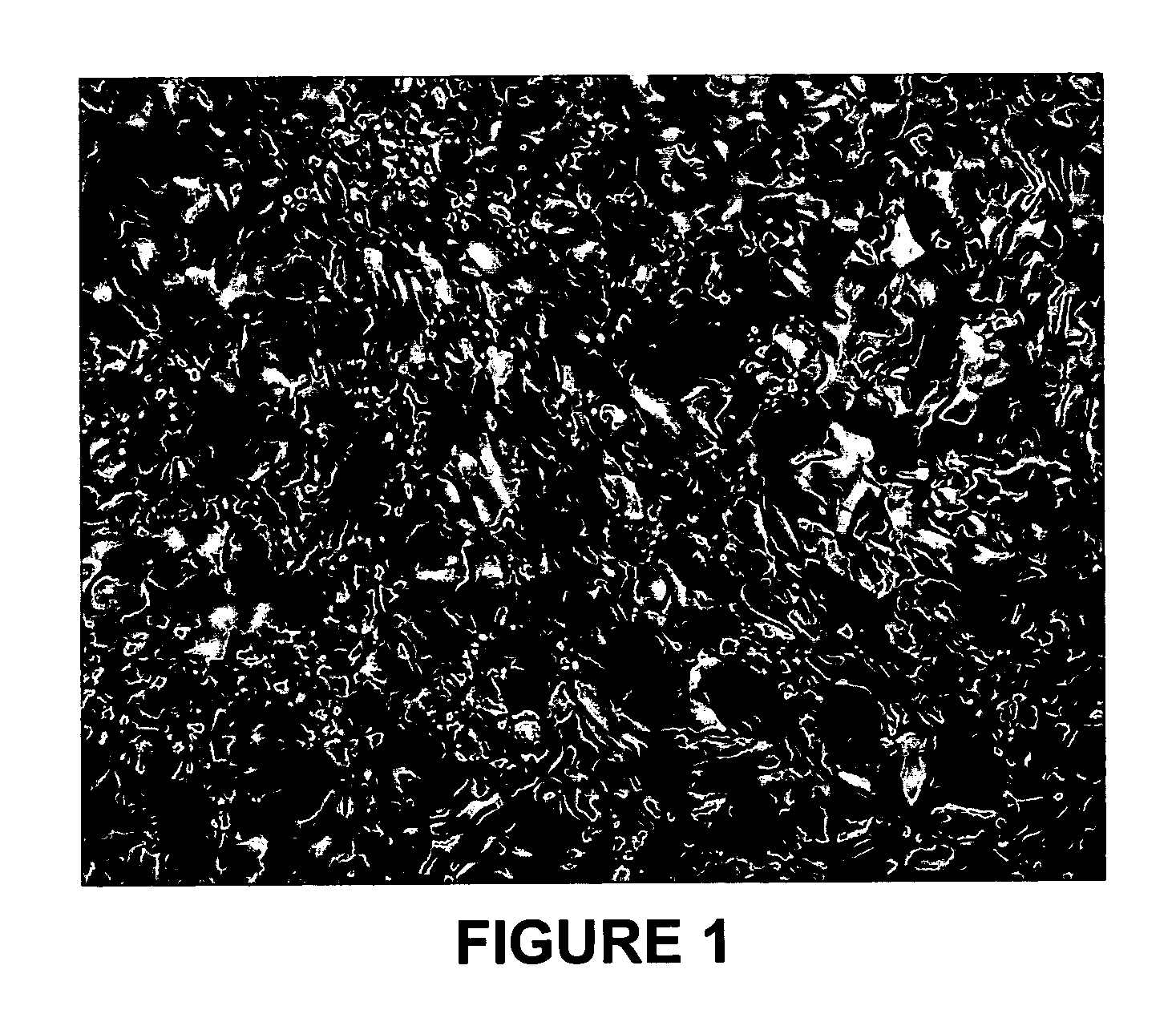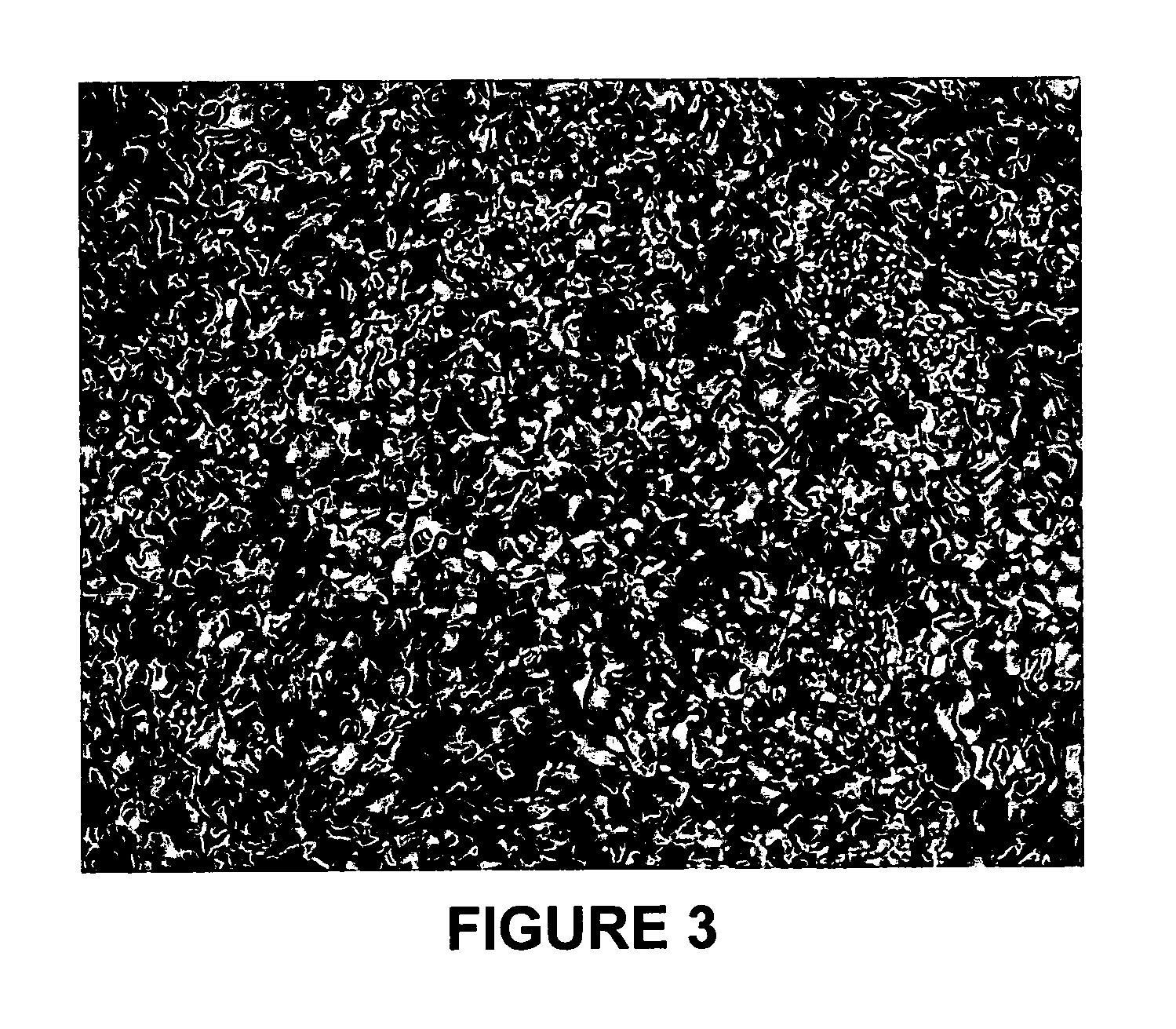Blending of resid feedstocks to produce a coke that is easier to remove from a coker drum
a technology of resid feedstock and coke drum, which is applied in the direction of liquid organic insulation, fuels, thermal non-catalytic cracking, etc., can solve the problems of leaving coke behind and hot areas of the drum
- Summary
- Abstract
- Description
- Claims
- Application Information
AI Technical Summary
Benefits of technology
Problems solved by technology
Method used
Image
Examples
Embodiment Construction
[0020] Petroleum residua (“resid”) feedstocks are suitable for delayed coking. Such petroleum residua are frequently obtained after removal of distillates from crude feedstocks under vacuum and are characterized as being comprised of components of large molecular size and weight, generally containing: (a) asphaltenes and other high molecular weight aromatic structures that would inhibit the rate of hydrotreating / hydrocracking and cause catalyst deactivation; (b) metal contaminants occurring naturally in the crude or resulting from prior treatment of the crude, which contaminants would tend to deactivate hydrotreating / hydrocracking catalysts and interfere with catalyst regeneration; and (c) a relatively high content of sulfur and nitrogen compounds that give rise to objectionable quantities of SO2, SO3, and NOx upon combustion of the petroleum residuum. Nitrogen compounds present in the resid also have a tendency to deactivate catalytic cracking catalysts.
[0021] Non-limiting example...
PUM
| Property | Measurement | Unit |
|---|---|---|
| temperature | aaaaa | aaaaa |
| temperatures | aaaaa | aaaaa |
| temperature | aaaaa | aaaaa |
Abstract
Description
Claims
Application Information
 Login to View More
Login to View More - R&D
- Intellectual Property
- Life Sciences
- Materials
- Tech Scout
- Unparalleled Data Quality
- Higher Quality Content
- 60% Fewer Hallucinations
Browse by: Latest US Patents, China's latest patents, Technical Efficacy Thesaurus, Application Domain, Technology Topic, Popular Technical Reports.
© 2025 PatSnap. All rights reserved.Legal|Privacy policy|Modern Slavery Act Transparency Statement|Sitemap|About US| Contact US: help@patsnap.com



